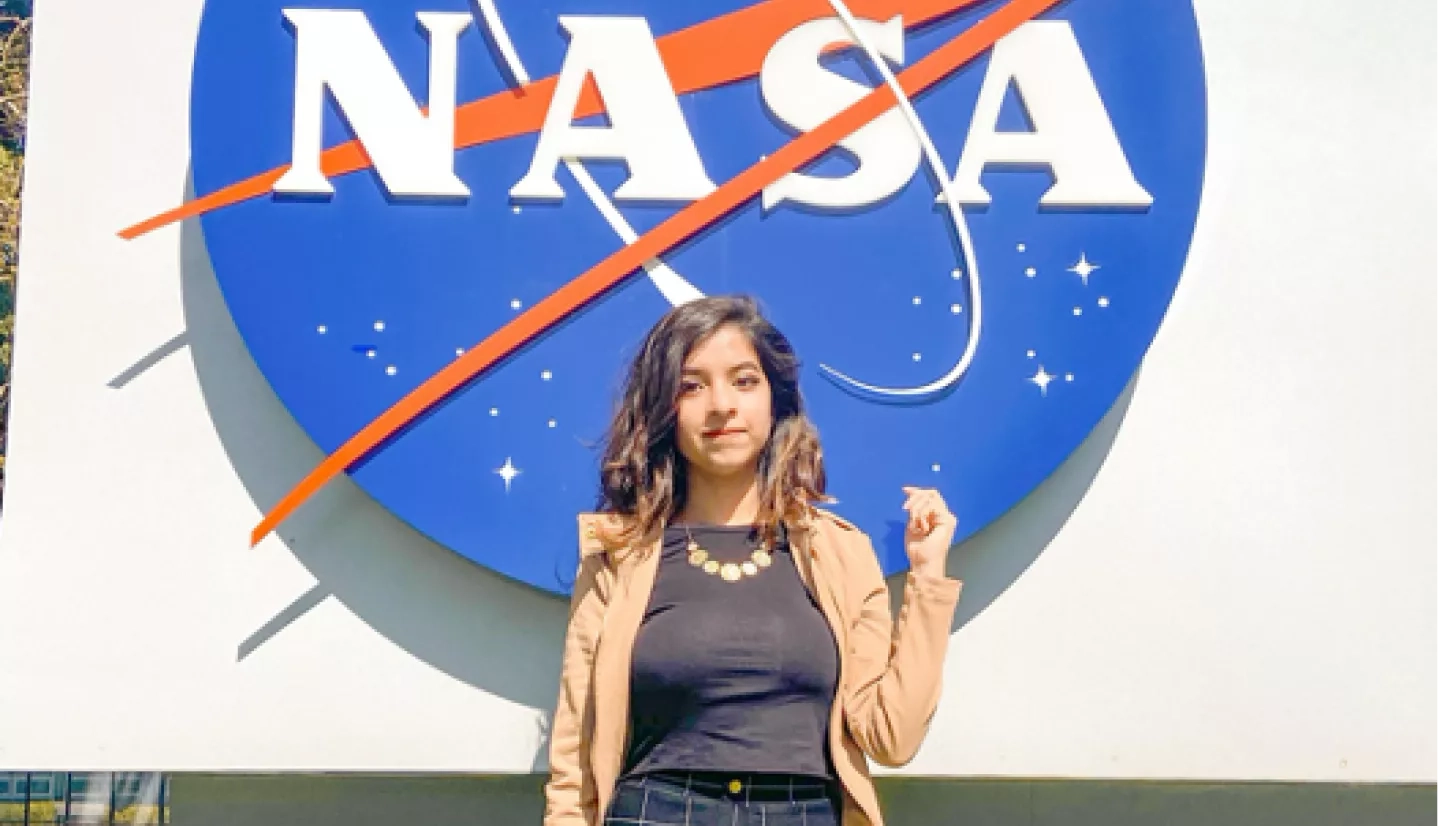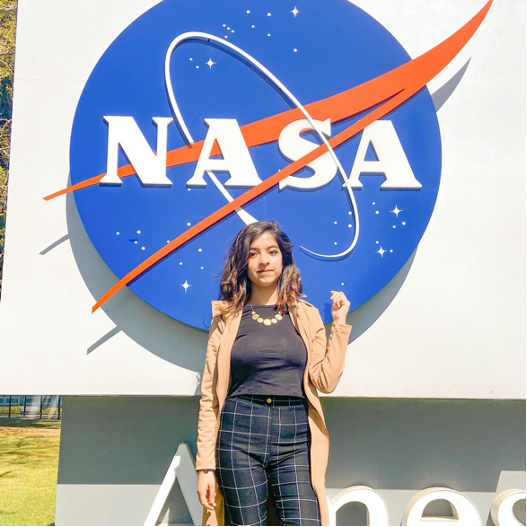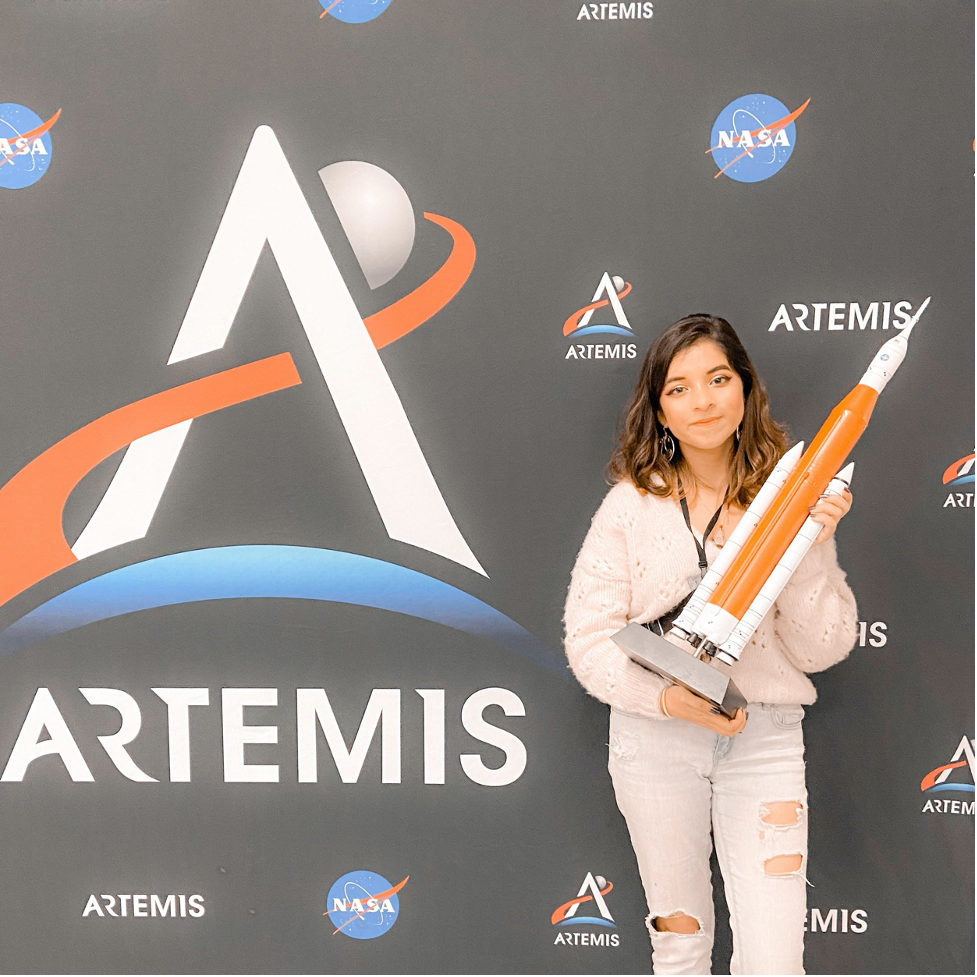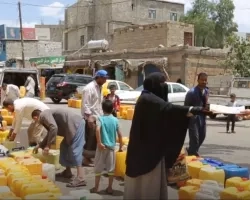How do we know what drives us toward change? For Lisette Elena Melendez, an intern supporting NASA Earth Science and the Diversity, Equity, Inclusion, and Accessibility (DEIA) Task Force, it’s something she could give a whole presentation on at the drop of a hat. A planetary geologist by training, Melendez is dedicated to integrating her two passions: STEM, and intersectional inclusivity in our society and our workspaces. From her first experiences with discrimination as a child, to learning how to verbalize the impacts of exclusionary attitudes on minoritized communities, Melendez has worked for equity – for herself and others – throughout her life.
Growing up, I was always quiet and shy, but never unsure about one thing: I loved space and I loved rocks. In elementary school, I announced that I wanted to lead the geology lab we had just split into groups for. Instead, my teacher told me I should be satisfied with secretary, before directing the boys to take the lead.
So began my journey navigating STEM as a queer, disabled Latina.
I went through most of my classes in middle and high school without seeing a single woman scientist portrayed in our textbooks. It wasn’t until my freshman year of university that I met Sarah Sheffield, the first woman geologist I had ever encountered. Future generations should not have to wait so long to see themselves represented in STEM – diversity and representation matter. We owe it to ourselves and those in our footsteps to break down these barriers, and make STEM a welcoming field for all.
When I started this internship at NASA Headquarters in October 2020, I was already excited for the opportunity to work at my dream organization, one whose amazing work had inspired me every day. But this was also where my twin passions for science and equity met in full force, the moment I’d been unknowingly preparing for since playing secretary in elementary school. I was finally able to apply the concepts I’ve been studying – as a simultaneous student of STEM, feminism, and antiracism – to further NASA’s progress towards being a fully welcoming place for everyone who wants to work here.
Right away, I met two other powerful women, who would also influence my career: McRae Lenahan and Shobhana Gupta. McRae works in communications with NASA Earth Applied Sciences, and Shobhana manages NASA’s Open Innovation and Community Applications program.
Under their amazing mentorship, I’m working on projects with two main focuses: increasing the diversity of our outreach opportunities, and fostering an inclusive environment for current and future employees of all identities.
To start, we‘re examining the language around the workplace. Being mindful of the words we use both in and out of the office is an important way to show we value the perspectives of those around us. A casual exchange may seem negligible, but could unintentionally cause others to feel pressure to suppress their identity in exchange for acceptance.
That language we use can ultimately lead to minoritized individuals feeling isolated, or even quitting their career path entirely. That’s both a tragic possibility and a loss the scientific community simply cannot afford. NASA is committed to the pillar of inclusion, so it’s the responsibility of all of us to learn the appropriate language to help everyone, regardless of their identities, understand that they are a valuable member of our NASA community.
As such, nobody’s in this effort alone. To tackle this daunting task as a team, we’re curating a DEIA email series titled “Speak Up: Conveying Inclusivity through Language.” Each week, an email to staff lists three items that we all have the power to change today. It might call out an exclusionary term and why it’s worth removing from your conversations; a simple but profoundly impactful action like adding pronouns to your email signature; or a few additional resources for those interested in learning more.
It will take some practice to break these habits, and that’s okay. By practicing mindfulness in our daily conversations, not only can we avoid unintentionally making some people feel “othered”. We can also train our minds to identify and change exclusive language beyond our conversations – and into our published works.
Ensuring our field is welcoming to all is urgent, reflected in calls to action from within NASA and the Earth Science community as a whole. In an article titled “No progress on diversity in 40 years” by Rachel Bernard and Emily Cooperdock, published in Nature Geoscience in 2018, there is a figure that shows the stark contrast between the number of white people and historically minoritized groups receiving PhDs in geoscience. Addressing this disparity means moving our field from merely passively non-racist to actively anti-racist. Changing the language that fuels our communication is just one of many steps we can take to transform our mindset.
In recognition of Black History Month, our February edition of “Speak Up” calls out terms with racist connotations, like “brown bag lunches” and “call a spade a spade”. Many would never intentionally use a harmful term like these, but aren’t aware of the hurtful history behind it. So we also explained why – and how – we should reach for more inclusive phrases instead.
We’ll continue to address a wide range of topics, from racism to gender equality to ageism to ableism, in hopes we can prompt positive change in our workplace and our field.
At the same time, we’re also working to diversify the populations NASA works with, curating a database of STEM organizations that focus on uplifting historically excluded groups. These organizations often focus on sharing opportunities in a wide range of STEM fields, empowering this database as a resource for future outreach activities, solicitations, and internship applications.
These two projects are just the beginning, but they go hand in hand to draw a more diversified workforce and make NASA a more inclusive place to work at in the first place to increase the retention of underrepresented groups.
While NASA has made great strides in diversity and inclusion in the last few decades, we still have work to do in this area. Just last year, only three of the [NASA-wide] agency Honor Awards went to women (none were women of color) and none of the recipients were Black. There are still mountains of work ahead of us. But with the right mindset, we can realize a future where everyone can bring their genuine, unassimilated selves to work and to the projects they’re passionate about while feeling valued for their accomplishments. That’s why we’re working to build intersectional inclusivity into the very core of speech and communication with others, to advance NASA’s goal of putting these principles into practice.






